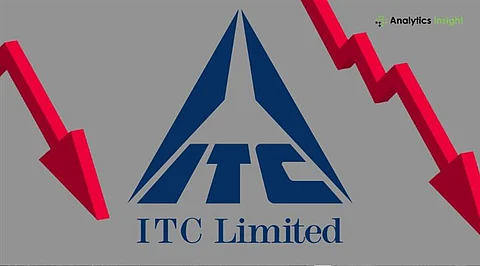Investors may have a new strategy to enhance their returns, according to a recent analysis of Dollar Cost Averaging (DCA) methods. During the FM Awards hosted by Finance Magnates, discussions with industry professionals, including Javier Hertfelder from FXStreet.com, led to insights that prompted a practical investigation into the effectiveness of different DCA approaches.
The analysis focused on two distinct strategies for investing in the S&P 500. The first method, referred to as the “Daily Buyer,” involves purchasing $100 worth of the index at the market open every trading day. Over the testing period, this strategy resulted in 907 trades and a total investment of $90,700, which grew to $126,677, reflecting a gain of 39.7%.
In contrast, the second approach, dubbed the “4-Down Accumulate Buyer,” requires waiting for four consecutive down days in the S&P 500 before making a purchase. On the following trading day, the investor buys at the open using all cash saved since the last purchase. This strategy led to just 38 trades for a total investment of $90,700, ultimately resulting in $127,439, a gain of 40.5%.
At first glance, the difference between a 39.7% gain and a 40.5% gain might seem marginal. However, when factoring in real-world trading costs, the benefits of the 4-Down strategy become more pronounced. The Daily Buyer, by executing numerous trades, incurs higher expenses due to market orders that typically carry a spread, costing a few cents more than the true midpoint price.
The 4-Down buyer, on the other hand, incurred approximately $40 in trading costs. This discrepancy translates to around $860 in savings over the testing period. Adjusting for these costs reveals that the patient buyer’s relative performance improved significantly, from a difference of less than one percent to approximately 3% to 5% better, depending on per-trade costs.
Understanding the Advantages of Timing
The analysis found that following a methodical approach to investment timing could yield better outcomes for investors who are not professional traders. Most investors juggle jobs and family responsibilities, making it impractical to monitor market movements daily. The 4-Down strategy offers a more manageable solution, requiring investors to only check the market every few days, or even weekly. If four consecutive down closes occur, they make a purchase; if not, they continue with their daily lives.
This method alleviates the pressure of constant market monitoring and reduces the risk of missing opportunities due to indecision. The simplicity and effectiveness of this approach not only provide potential financial benefits but also contribute to a less stressful investing experience.
The historical data used in this analysis indicates that while both strategies involved the same total investment, the 4-Down Accumulate Buyer outperformed the Daily Buyer by approximately 3% to 5% once realistic trading costs were integrated. This outcome suggests that fewer trades, combined with strategic timing, can lead to superior returns.
Despite the encouraging findings, it is essential to consider that past performance does not guarantee future results. The analysis examined only one period, and while the results show promise, investors should remain cautious and aware of the inherent risks involved in market investments.
For those looking to optimize their investment strategies, this analysis offers valuable insights. Rather than relying on costly financial managers, individual investors may find that a simple, effective approach like the 4-Down Accumulate strategy could yield better results without the associated stress and fees of more complex methods. By keeping the focus on practical, data-driven strategies, investors can potentially enhance their financial outcomes while maintaining a balanced approach to their daily lives.






